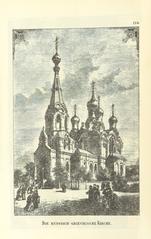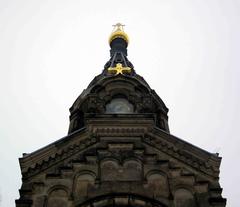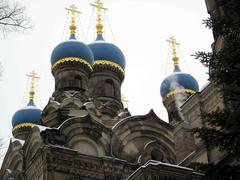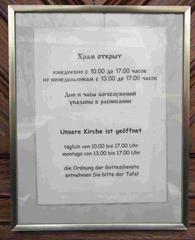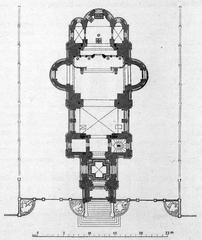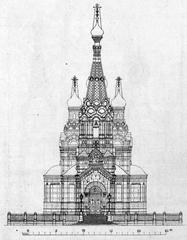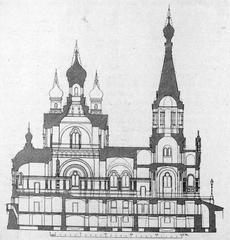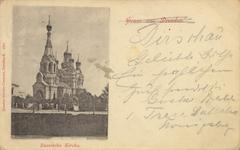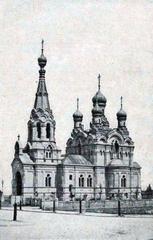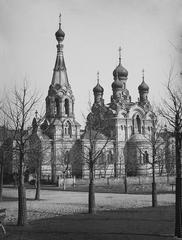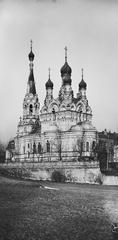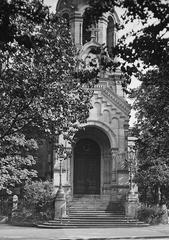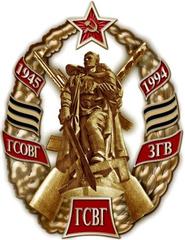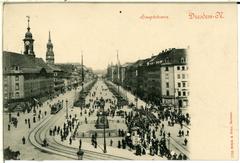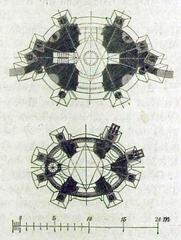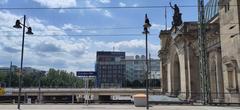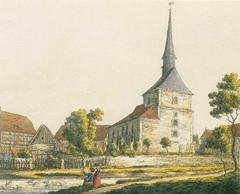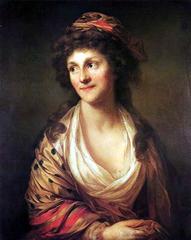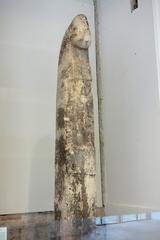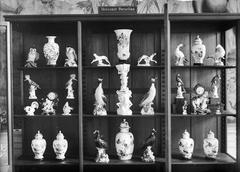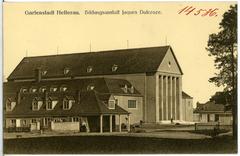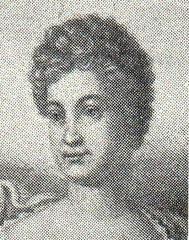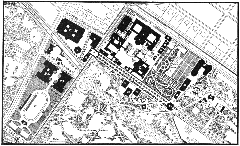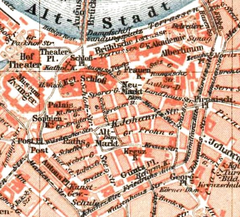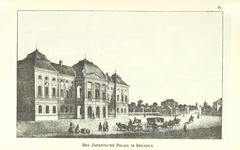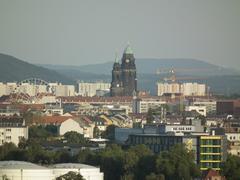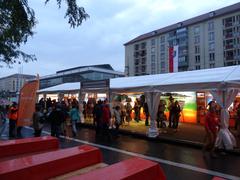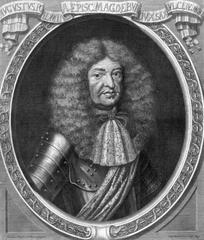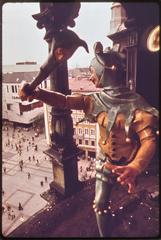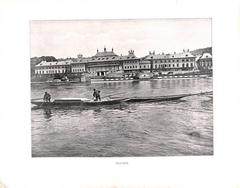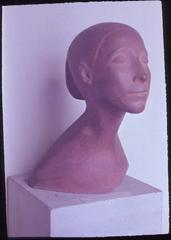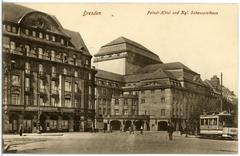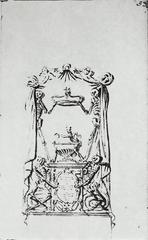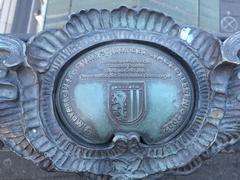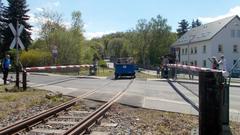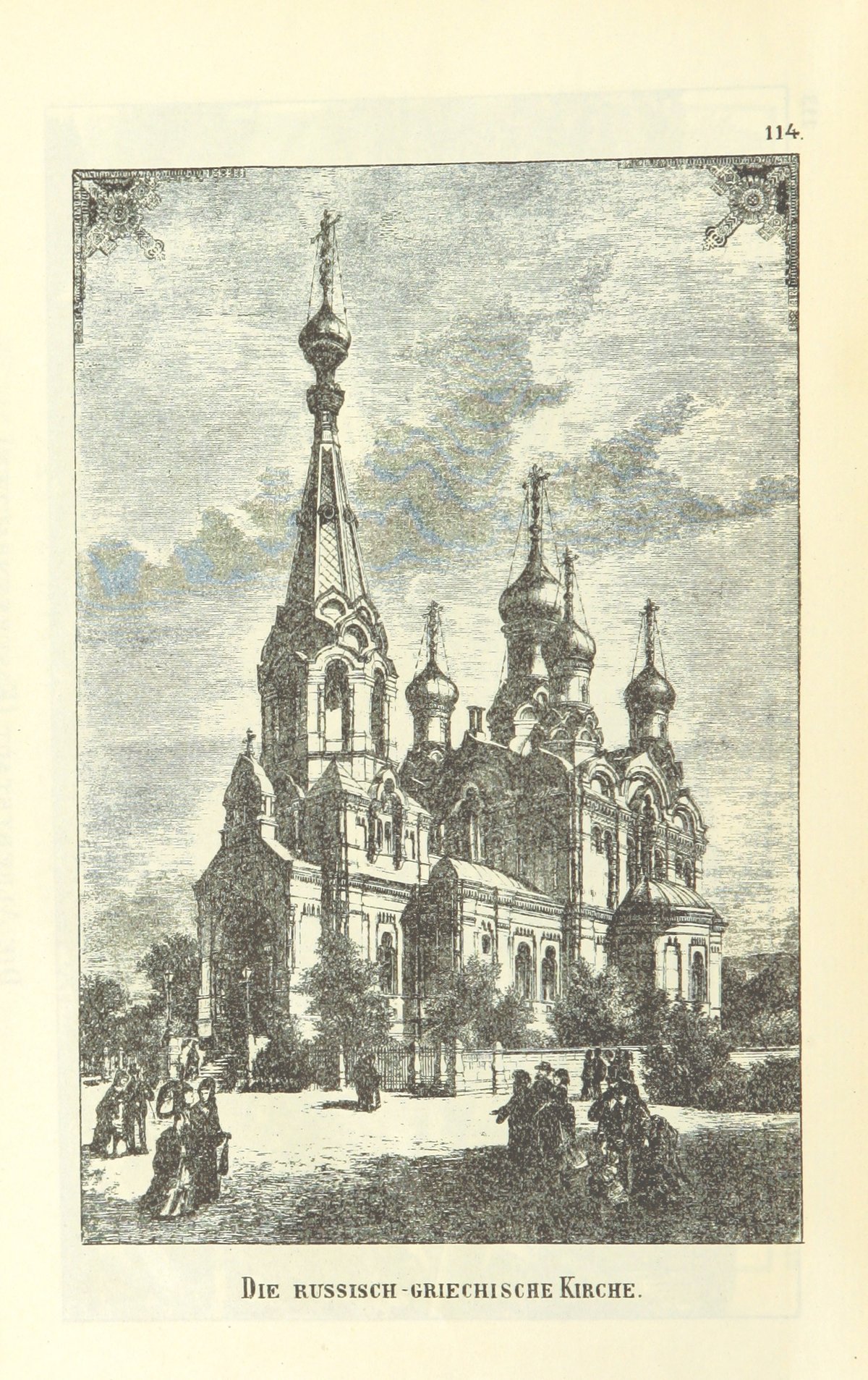
Russian Orthodox Church Dresden: Visiting Hours, Tickets & Historical Significance
Date: 15/06/2025
Introduction
Nestled in central Dresden, the Russian Orthodox Church of St. Simeon of the Wonderful Mountain stands as both a spiritual haven and a remarkable testament to Russian architectural and cultural heritage in Germany. Established in the late 19th century, the church was built to serve the burgeoning Russian expatriate community, including diplomats, aristocrats, and artists who made Dresden their home (dresdenausflug.de). Today, it remains a vibrant center of worship and cultural identity, welcoming visitors from around the world to admire its stunning architecture and to discover a living tradition that has endured through turbulent times.
This comprehensive guide details the church’s history, architectural features, cultural role, visiting hours, ticketing information, accessibility, and practical tips to help you make the most of your visit.
Historical Origins and Cultural Significance
The Russian Orthodox Church in Dresden was founded during a period of flourishing Russian-German relations. Its cornerstone was laid in 1872, and the church opened in 1874, providing a spiritual home for Russians living or traveling in Dresden. The dedication to St. Simeon of the Wonderful Mountain, an important ascetic saint, underscored the community’s desire to maintain its religious roots abroad (dresdenausflug.de).
Throughout the 20th century, the church witnessed—and survived—dramatic historical upheavals, including wartime damage and periods of religious suppression under the Soviet regime. Its resilience symbolizes the enduring faith and cultural identity of the Russian Orthodox diaspora in Germany (russiansobor.org).
Architectural Features and Symbolism
Designed by Harald Julius von Bosse and Karl Weißbach, the church’s architecture blends traditional Russian Orthodox elements with local Saxon materials such as Cotta sandstone. Its five onion-shaped domes, crowned with gilded Orthodox crosses, symbolize Christ and the Four Evangelists—a signature of Russian ecclesiastical architecture (thebiblestories.net). The central bell tower, rising over 40 meters, adds a distinctive silhouette to Dresden’s skyline (dresdenausflug.de).
Inside, visitors encounter a richly decorated space, featuring a gilded iconostasis, hand-painted icons, and vibrant frescoes illustrating biblical scenes and saints. The church’s layout follows Orthodox tradition, with the altar positioned to the east and the sanctuary separated from the nave, emphasizing the sacredness of the liturgical space (howtorussia.com).
Community Role and Liturgical Life
Today, the church serves as the spiritual heart of Dresden’s Russian-speaking Orthodox community, providing regular liturgical services and hosting major feasts such as Easter and Christmas. It also acts as a cultural bridge, introducing local Germans and international visitors to the traditions of Russian Orthodoxy (howtorussia.com).
The parish fosters community through educational programs, charity work, and cultural events. Artistic elements like choral music, the use of Church Slavonic in liturgy, and the veneration of icons immerse visitors in centuries-old traditions (howtorussia.com).
Visiting Information
Location and Accessibility
- Address: Fritz-Löffler-Straße 19, 01069 Dresden
- How to get there: The church is a 10–15 minute walk south of Dresden Hauptbahnhof (main train station) and easily accessible via public transport. Nearby tram and bus stops serve the area (DVB Dresden).
Visiting Hours
- Monday to Saturday: 9:00 AM – 6:00 PM
- Sunday: 12:00 PM – 6:00 PM (except during liturgical services)
- Note: Hours may vary on Orthodox feast days and special occasions. Always check the official parish website or Dresden Guide before your visit.
Tickets and Admission
- Entry: Free for all visitors
- Donations: Voluntary contributions are appreciated and support the church’s maintenance and community programs
Guided Tours
- Availability: Guided tours (in German and Russian) can be booked in advance through the parish office or local tourism centers
- What’s included: Tours highlight the church’s history, iconography, architecture, and liturgical practices
Accessibility
- The church is wheelchair accessible with ramps at the main entrance. For additional assistance, contact the parish in advance.
- Some interior areas may have steps or narrow passages due to the historic structure.
Visitor Experience and Etiquette
Dress Code & Conduct
- Modest dress is recommended: men should avoid shorts and sleeveless shirts; women are encouraged to cover shoulders and wear skirts or dresses, with headscarves preferred (not mandatory).
- During services, maintain silence and stand respectfully unless invited to sit.
- Lighting candles is welcome as a devotional act; candles are available for a small donation near the entrance (russiansobor.org).
Photography
- Photography is allowed in the nave but prohibited during services and in the sanctuary. Flash photography and tripods require prior permission.
Language
- Services are primarily in Church Slavonic and German, with some parishioners and staff speaking English or Russian.
Special Events, Rituals & Worship
- Divine Liturgy: Main service on Sundays (typically 9:30 AM – 12:30 PM)
- Major Feasts: Pascha (Easter), Christmas (January 7), and the feast of St. Simeon
- Rituals: Lighting candles, venerating icons, and making the sign of the cross are integral practices (Russian Sobor; RBTH)
Nearby Attractions
- Frauenkirche Dresden
- Zwinger Palace
- Semper Opera House
- Dresden Castle
All are reachable by foot or public transport, making it easy to include the church in a broader sightseeing itinerary.
Frequently Asked Questions (FAQ)
Q: What are the visiting hours of the church?
A: Monday–Saturday 9:00 AM–6:00 PM; Sunday 12:00 PM–6:00 PM, except during services.
Q: Is there an entrance fee or ticket required?
A: No, admission is free; donations are welcome.
Q: Are guided tours available?
A: Yes, by prior arrangement via the parish office or local tourist centers.
Q: Can I take photographs inside?
A: Yes, except during services and in the sanctuary; always ask for permission.
Q: Is the church wheelchair accessible?
A: Yes, ramps are provided, but some interior areas may be less accessible.
Q: What is the dress code?
A: Modest attire; women may cover their heads, men should remove hats.
Practical Tips for Your Visit
- Check service and visiting times in advance to avoid arriving during closed periods or services.
- Dress respectfully and bring a scarf or shawl if possible.
- Ask before photographing and always respect worshippers’ privacy.
- Use public transport for convenient access.
- Pair your visit with other Dresden landmarks for a full cultural experience.
- Support the parish with a donation if you are able.
Conclusion
The Russian Orthodox Church of St. Simeon of the Wonderful Mountain is not only a masterpiece of Russian ecclesiastical architecture but also an enduring symbol of cultural resilience and spiritual life in Dresden. Whether you are drawn by its history, art, or active liturgical tradition, the church offers a profound and accessible encounter with Russian Orthodoxy. Plan your visit to coincide with major feasts or join a guided tour to deepen your understanding. For the latest updates, consult the parish website, Dresden Guide, or download the Audiala app for immersive audio tours.
References
- dresdenausflug.de
- Wikimedia Commons: Russian Orthodox Church Dresden Images
- dresden-guide.info
- russiansobor.org
- howtorussia.com
- thebiblestories.net
